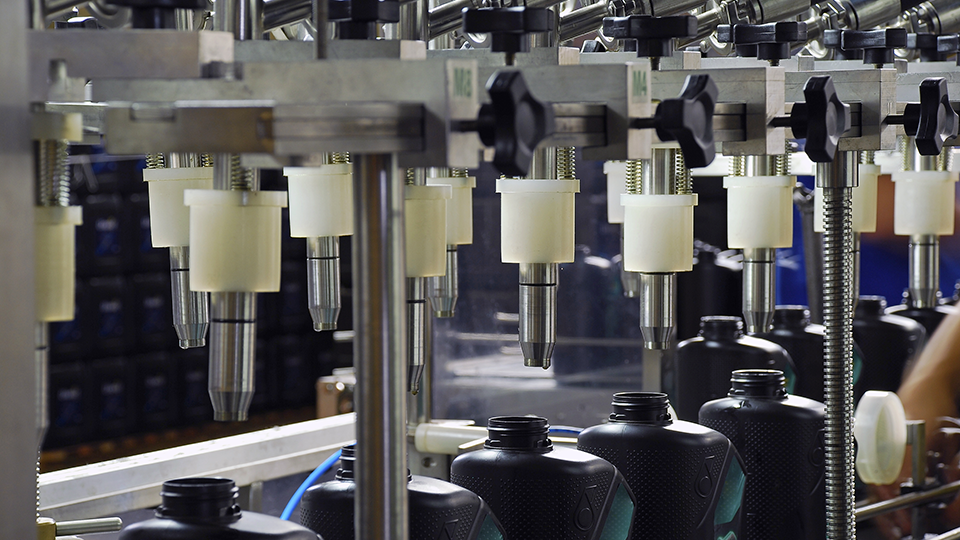
The Covid-19 pandemic is of global proportions and its economic implications across all industries and sectors will undoubtedly be more severe than any other event in our memories. Unfortunately, the lubricants industry has been no exception to this crisis. Historic economic downturns have demonstrated that a contraction in GDP and rising unemployment yield a downshift in lubricants demand. Amidst such uncertainty, the ability of lubricant manufacturers to develop robust business continuity plans to navigate through these unprecedented times has been paramount.
The Covid-19 pandemic is different to previous extended economic downturns as its impact on the real economy has been much more radical and abrupt. The impact on the lubricants industry has been driven by governmental policies and measures designed to contain the pandemic, as well as a demand drop bigger than past recessions. And when we reflect back on 2020, a handful of lubricant manufacturers will stand out as champions amongst a wide range of performers, attributed to their speedy and robust response and recovery measures.
At PIMS, we understand that 2020 requires a unique approach to analysis, where the emphasis lies on understanding the strategies employed by champion manufacturers that enabled them to thrive despite the turbulent circumstances.
We believe key learnings are to be had on:
- What made some plants/networks more resilient to rapid and unpredictable perturbations?
- Did they streamline their complexity (formulations,SKUs, etc.) during the crisis period?
- Did they exploit economies of scale and leverage a higher level of automation to optimise manufacturing costs?
- What mix of own employees versus contractors did they have and did this yield a better labour productivity position?
- Did the degree of autonomy enhance overall agility?
- How did they minimise the lag time to demand forecasts?
- External factors that were a major hindrance
- How long was the government mandated closure period?
- What was the impact of border controls on export business?
- What was the impact on OEM customers versus workshops?
- To what extent was raw material supply disrupted?
- Internal changes that made a positive impact overall
- Were alternative working methods (e.g. work- from-home initiatives for administrative personnel, social distancing measures for plant personnel, etc.) successful?
- How many Business Continuity Plans (BCPs) were introduced during the crises? Which were the most effective?
- To what extent was the delivered OTIF (on time in full) impacted during the crisis period? What strategies enabled champions plants to maintain high service levels?
Unfortunately, the Covid-19 pandemic will almost certainly not be the last significant disruption to the lubricants industry. However, the pandemic has triggered companies worldwide to review their modus operandi, to ensure they are better equipped in the future. We strongly believe that the PIMS research project will act as a catalyst for lubricant manufacturers to transform their strategy and be more robust in the face of both the new normality and the next future crisis.



